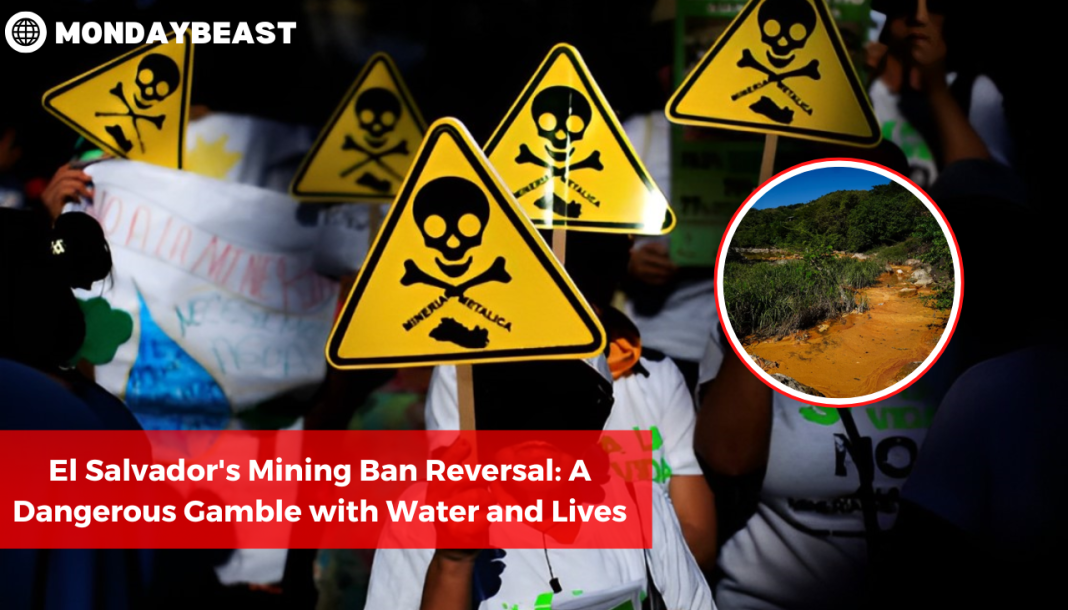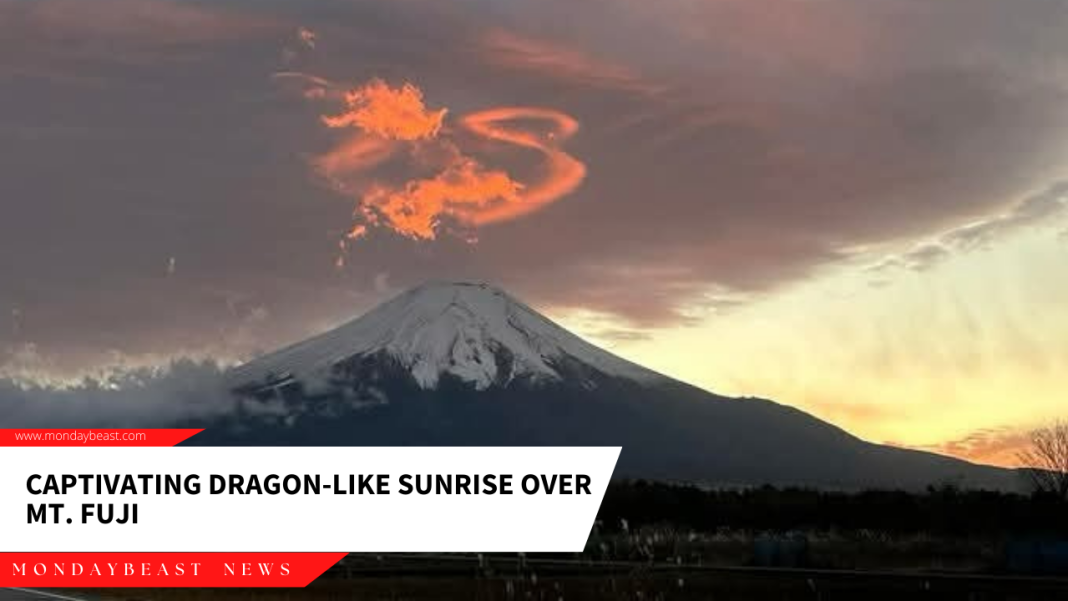The recent decision to lift the mining ban in El Salvador has ignited a fierce debate over environmental health and community safety. Many are left wondering: what will it mean for the rivers and people of this small Central American nation?
Vidalina Morales has seen her share of turmoil. In 2004, a toxic, reddish stain spread through the San Sebastián River, turning the water dangerously contaminated. Morales visited mining sites near her home, shocked at the environmental devastation caused by mining. Today, she stands as a resolute figure against mining interests, knowing well the battle is far from over.
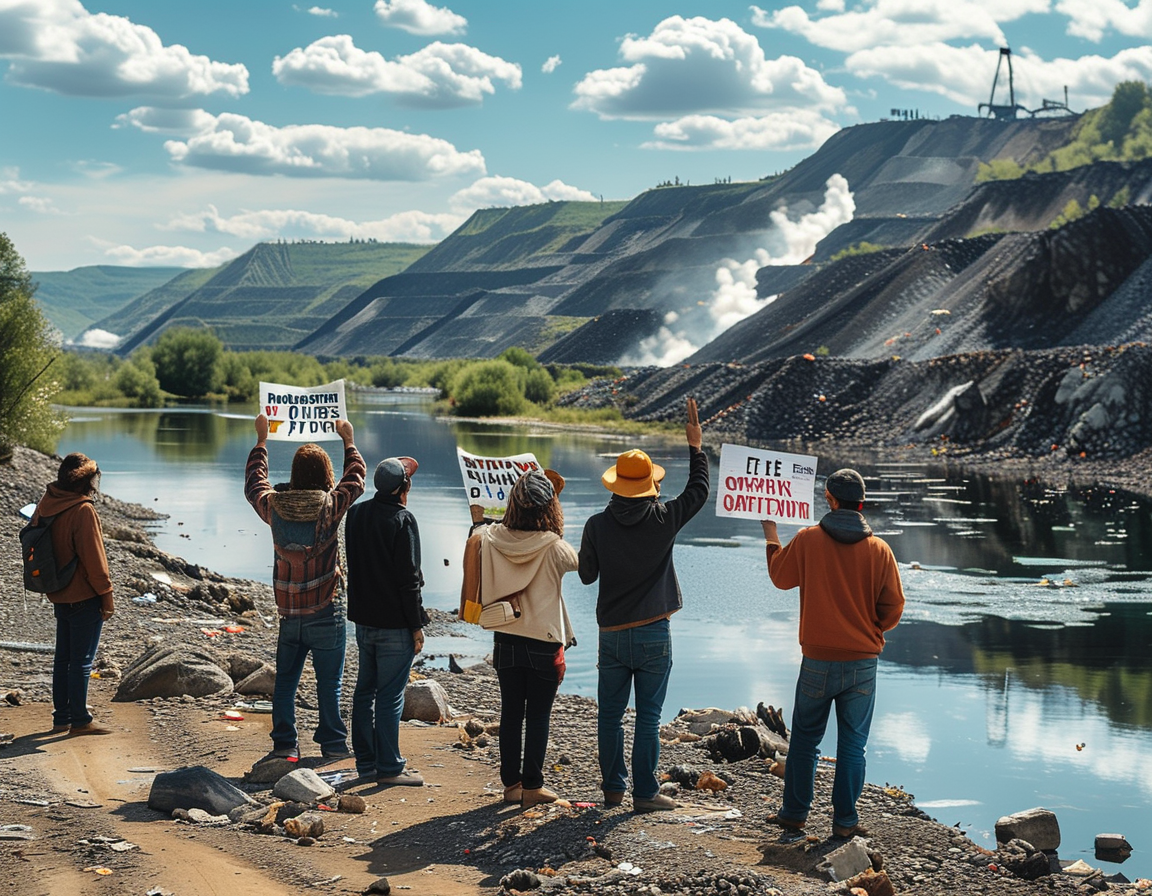
Despite the historical victory of the 2017 ban on metal mining, that triumph feels distant now. The tide turned again on December 23 when President Nayib Bukele’s government lifted the ban, drawn by economic promises. As the nation grapples with high poverty rates, the allure of mining as a source of revenue is strong.
The new legislation has stirred criticism among environmental advocates. Bukele’s administration maintains control over mining activities, assuring citizens that toxic mercury will not be permitted in gold extraction. But some experts, like biologist Cidia Cortes, raise alarms. Future mining endeavors could unleash arsenic and other heavy metals into already compromised ecosystems, including the vital Lempa River, which serves 70% of potable water for the metropolitan area.
Cortes states, “In the San Sebastián River, arsenic levels are 300 times higher than international safety standards.” This poses serious health risks for communities relying on these water sources. If the rivers degrade further, it could trigger tales of survival: how long can the community withstand contaminated water? How many lives will it affect?
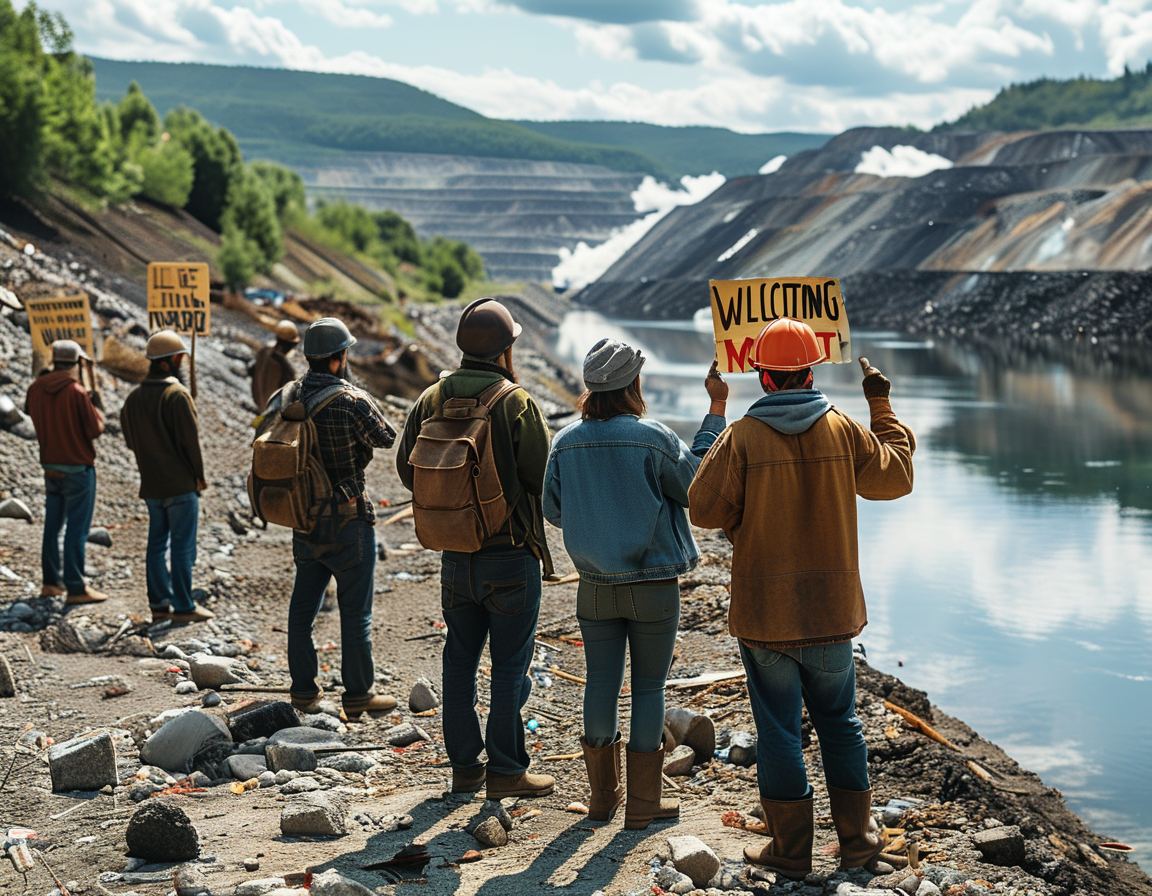
The government’s choice creates a complex narrative that intertwines public health with corporate interests. Luis Parada, a former army officer instrumental in defending the mining ban, warns that lifting this ban could reignite lawsuits from mining corporations, potentially costing the nation dearly.
Luis González, of the Salvadoran Ecological Unit, believes Ramirez’s claims of unwavering public support for the ban still hold. “People still have clarity that mining is bad,” he asserts. However, as corruption seeps into government practices, these sentiments face new threats.
El Salvador recently underwent a significant debt conversion to fund river conservation, displaying an attempt to revive and protect the environment. Yet, the redirected focus toward mining could overshadow such leaps forward. Critics of Bukele’s regime contend that environmental regrowth should take precedence over extraction profits.
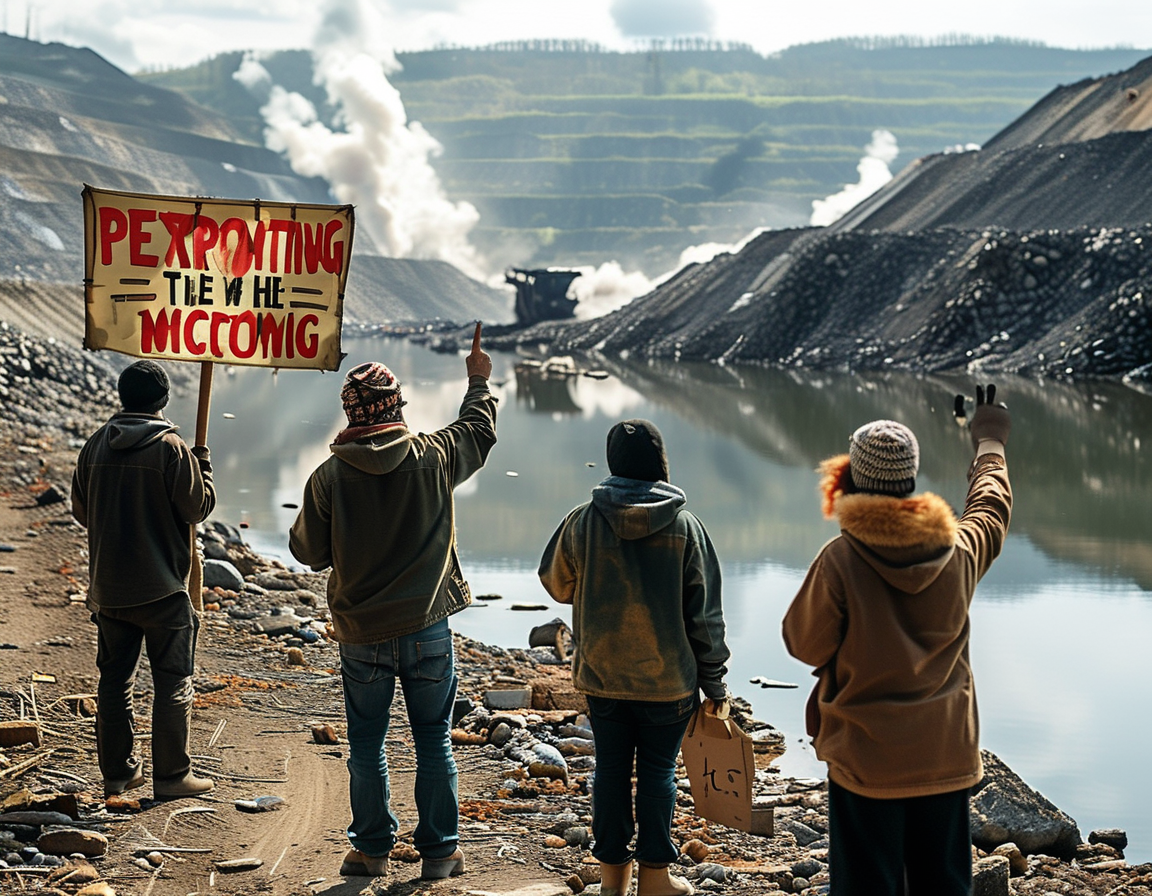
In a chilling twist, Bukele dismisses concerns over the safety of water from the Lempa. “Who can drink water from a river here?” he questioned, casting doubt on the value of natural resources in a society craving economic revival. But therein lies the crux of the problem: access to clean water correlates with life itself.
Environmentalists emphasize that mining will irrevocably alter the landscape and traditional ways of life. The fear is palpable—people could face poisoned water and soil, leading to dire health outcomes. As González warns, “Many will risk being poisoned or flee their neighborhoods.” The social ramifications could extend far beyond the immediate impact on ecology.
How can a nation steeped in such complexity find a way forward? Should El Salvador bow to corporate interests or prioritize the well-being of its people? As citizens voice their concerns, the path ahead may rely on how effectively they harness public opinion to resist these possible changes.
Activists, including Morales, continue to press for awareness and change, hoping their voices can ignite a movement of resilience amidst strife. Yet, will the government listen? Or will this shift lead to a further erosion of the environmental rights so fiercely fought for?
The repercussions are looming, with a potential exodus due to environmental decline. This is a crossroads—the struggle between nature’s preservation and economic development has never been more pronounced.
As we ponder the future of El Salvador, we must confront these pressing questions. What sacrifices are communities willing to make for water? How can they protect their homes against corporate encroachment?
Understanding the emotions, experiences, and stakes involved can guide public discourse. In this evolving saga, the battle continues, promising challenges and hope as people unite to reclaim their right to clean water and a healthy environment. Only time will reveal how it all unfolds.
In these moments of despair and determination, one question remains paramount: how will El Salvador choose to navigate its tumultuous future?

